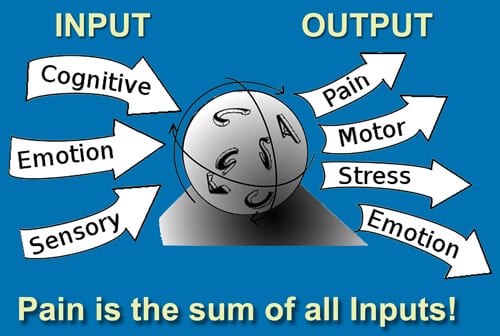
Memory & Bodywork Mastery
Our brains are very much like sponges. They are malleable and constantly adapting to peripheral input by strengthening existing neural connections and networks, a process called long-term potentiation (LTP).

Our brains are very much like sponges. They are malleable and constantly adapting to peripheral input by strengthening existing neural connections and networks, a process called long-term potentiation (LTP).
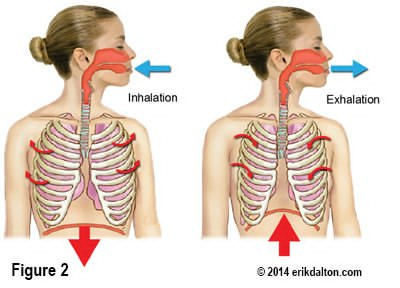
https://player.vimeo.com/video/248031269 The famed Czech researcher Dr. Karel Lewit states: “Respiration is our primary and most important movement pattern… and also the most dysfunctional.” Most clinicians
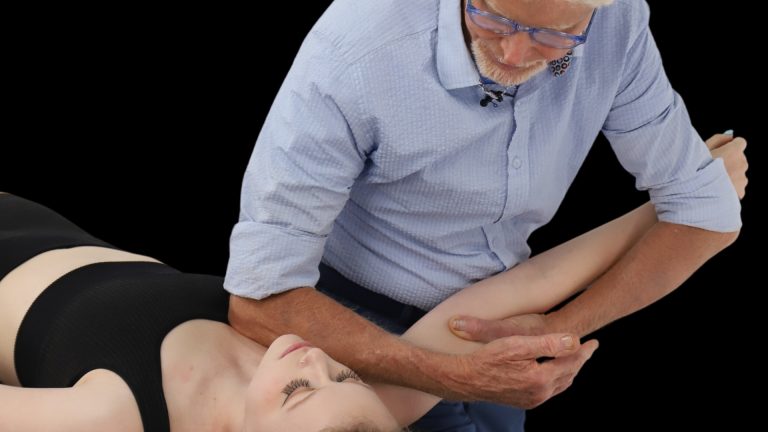
In Myoskeletal Alignment Techniques we use several manual methods that lubricate joints and soft tissue by generating warmth in the tissue and rolling fascial sacs across associated structures. Some of these methods restore capsular flexibility, enhance joint play, and encourage pain-free range of motion. Others stimulate muscle spindles to turn on weak muscles and improve their firing patterns.

Clinical reasoning for an evidence-informed practice Each of us has a toolbox packed with assessments and techniques for treating clients with various pain complaints. Using
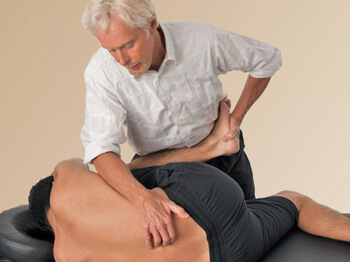
Manual therapists routinely use bones as levers to reduce tension and protective spasm in hypertonic muscles. For example, the femur and humerus are excellent tools for stretching tight hip and shoulder girdle muscles, and we commonly rotate and sidebend a client’s head to relieve neck tension.
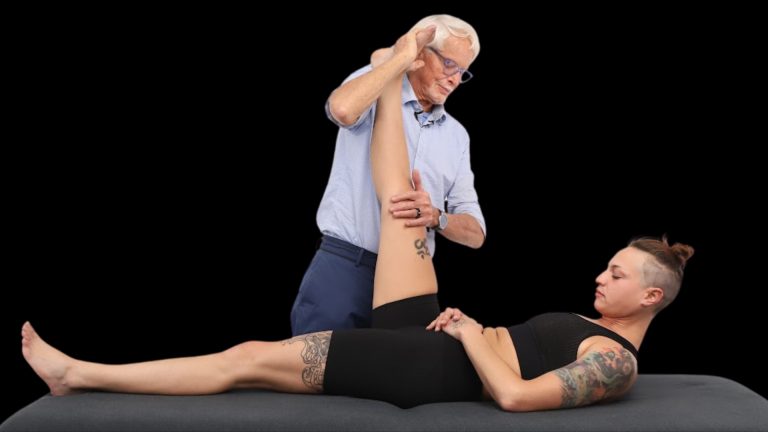
Neurodynamics is a term coined by physical therapists David Butler and Michael Shacklock to describe manual methods for mobilizing peripheral nerves. Nerve mobilization includes nerve gliding and nerve tensioning.
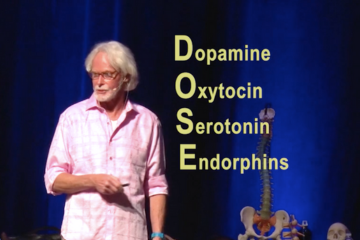
Recent studies highlight the efficacy of Pain Neuroscience Education (PNE) in understanding and managing pain. But can PNE and manual therapy coexist? Dive deep into the positive impacts of touch therapy on our hormonal system and the innate bond that starts between a mother and child. Discover how touch can be a powerful tool in regulating our body’s homeostasis and how it can influence our hormones for better health and well-being.
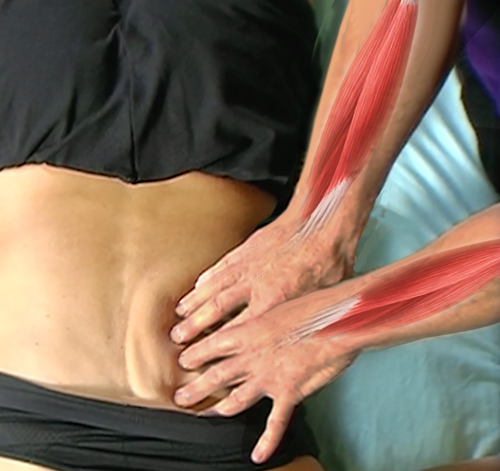
Get a firm grip on finger and forearm techniques Have you ever noticed your fingers cramping or forearms slipping along the surface of the client’s

A “crick in the neck” is a common complaint among clients seeking manual therapy. This informal umbrella term can refer to symptoms that range from general cervical stiffness to complete immobility and unrelenting pain. When assessing cricks…

Pelvic floor muscles such as levator ani, coccygeus and obturator internus attach to the front, back and sides of the pelvis and sacrum and form the bottom of the core. These muscles must be able to contract to maintain continence, and to relax allowing for urination and bowel movements, and in women, sexual intercourse.
Free subscription to the Technique Tuesday newsletter. Sign up to receive an in-depth article and technique video in your inbox every Tuesday.
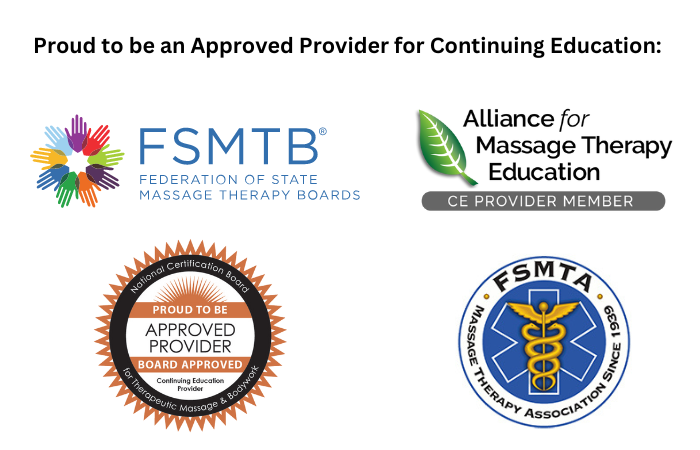
© 2021 Freedom From Pain Institute